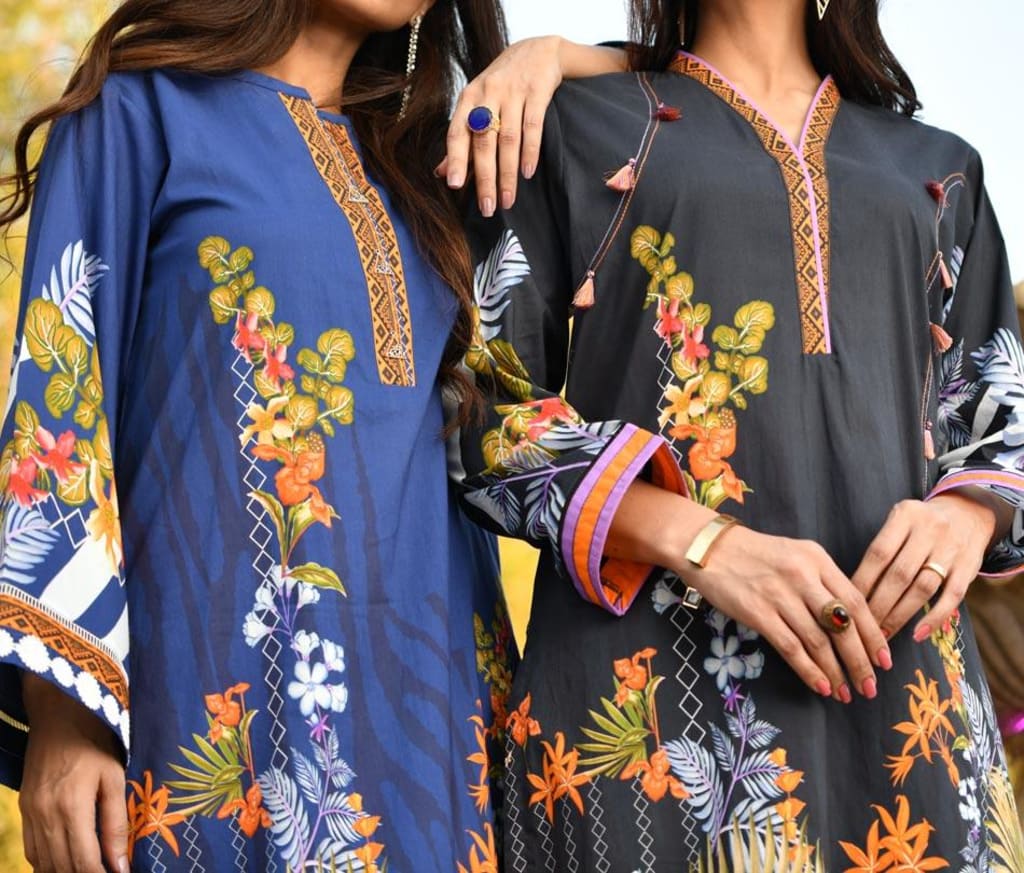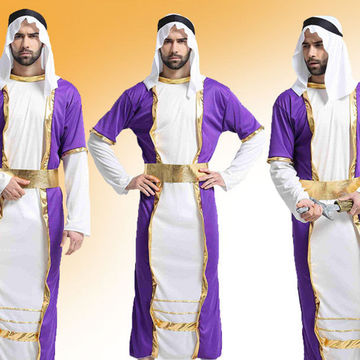Discover Traditional and Modern Eastern Wear Pakistan Collections Online
Discover Traditional and Modern Eastern Wear Pakistan Collections Online
Blog Article
Experience the Beauty of Traditional Eastern Attire
Start a trip with the elaborate world of typical Eastern clothing, where each garment tells a tale woven with social splendor and historic relevance. From the dynamic hues of a Chinese qipao to the regal beauty of a Pakistani shalwar kameez, these garments use a look into a world where workmanship fulfills creativity. The combination of glamorous textiles and delicate embroidery methods develops a tapestry of sophistication that transcends borders and time. Join us as we untangle the secrets behind these exquisite pieces and find the attraction of Eastern clothes that has actually astounded generations.
History of Eastern Clothing
Eastern clothes has a rich background that dates back centuries, reflecting the varied cultures and practices of areas such as Asia and the Center East. The apparel designs in these regions have actually been influenced by numerous factors such as environment, faith, social standing, and historical occasions. In Asia, conventional clothing varies considerably from the colorful saris used in India to the elegant bathrobe of Japan. Likewise, the Center East boasts a vast range of clothing designs, from the flowing abayas of Saudi Arabia to the detailed kaftans of Morocco.
Throughout history, Eastern clothing has not only worked as a kind of clothes yet also as a symbol of social identity and heritage (eastern wear pakistan). Fabrics like silk, cotton, and bed linen have been typically used, with styles and patterns often holding significant definitions or representing facets of nature or spirituality. Standard garments have been passed down via generations, with each piece bring a sense of background and tradition. Today, Eastern attire proceeds to develop, blending typical elements with contemporary style patterns to produce one-of-a-kind and classic styles.
Relevance of Embroidery
Needlework plays an important role in typical Eastern clothes, including complex details and cultural significance to garments that have actually been passed down via generations. In Eastern cultures, embroidery is not simply ornamental however holds deep symbolic definitions. Each stitch and pattern can share tales, beliefs, and even social condition.
The art of needlework in traditional Eastern clothes is a labor-intensive procedure that calls for skill and patience. Extremely experienced craftsmens meticulously hand embroider elaborate styles onto materials using techniques that have actually been perfected over centuries. These embroidered styles typically mirror the rich social heritage of the region they originate from, showcasing motifs inspired naturally, mythology, or historic occasions.

Elegant Fabrics Utilized
Elegant fabrics play an essential duty in enhancing the elegance and luxury of standard attire across diverse Eastern societies. Silk, renowned for its softness and luster, is a favored option for numerous typical garments due to its extravagant feeling and ability to drape beautifully. In countries like India, China, and Japan, silk has a lengthy background of being utilized in conventional clothing, symbolizing wealth and condition.
An additional widely made use of lavish fabric is brocade, characterized by intricate patterns woven right into the product. Brocade includes a touch of elegance to garments and is commonly seen in ritualistic outfits and official wear. Velour, with its deluxe texture and abundant look, is additionally a prominent choice for traditional outfit in Eastern cultures, specifically read this post here for unique events and cheery occasions.
Moreover, chiffon, satin, and organza are regularly utilized for their light-weight and running qualities, adding a sense of delicacy and beauty to garments. These luxurious materials not only boost the aesthetic appeal of typical Eastern outfit yet also add to the overall attraction and charm of the user.
Craftsmanship Strategies
Conventional attire in numerous cultures showcases remarkable workmanship methods that are passed down with generations, highlighting the skill and creativity associated with creating these splendid garments. Each embellishment, embroidery, and stitch is carefully crafted to produce ageless pieces that personify the cultural heritage and traditions of the area. The workmanship methods made use of in standard Eastern clothes frequently entail intricate handwork, such as hand weaving, hand embroidery, and hand beading, which need accuracy and focus to information.
Artisans who specialize in these strategies undergo years of training to best their abilities and master the traditional methods of garment building and construction. Making use of top notch materials combined with specialist craftsmanship results in garments that not only look visually magnificent yet additionally stand the test of time. The commitment to maintaining these craftsmanship strategies makes sure that each piece of traditional Eastern clothes is an artwork, showing the abundant cultural history and heritage of the area.
Ageless Beauty and Appeal

The elaborate needlework, fragile beadwork, and luxurious materials utilized in traditional Eastern outfit add to its unequaled beauty. The thorough handiwork gave through generations makes sure that web every item informs a story and exudes elegance and grace.
Moreover, the classic silhouettes and elegant draping of standard Eastern clothes include in its long-lasting charm. The moving lines and classy styles create a feeling of consistency and balance that is both visually appealing and emotionally fascinating.
Fundamentally, the timeless sophistication and charm of standard Eastern attire function as a testimony to the skill and virtuosity of the artisans who devote their lives to protecting these splendid sartorial practices. - eastern wear pakistan
Verdict
Finally, the beauty of traditional Eastern attire is a testimony to the abundant history, cultural relevance, and intricate workmanship of the region. From the sophisticated embroidery to the elegant materials and timeless elegance, each garment informs a tale and reflects the social identity of its origins. Accepting Eastern outfit allows one to value the artistry and sophistication that have been given through generations, creating fascinating and genuinely beautiful pieces.
Embark you can check here on a trip with the elaborate world of standard Eastern clothes, where each garment tells a tale woven with social splendor and historic value.Needlework plays a vital role in traditional Eastern clothing, adding elaborate details and social value to garments that have actually been passed down with generations.Glamorous fabrics play a pivotal function in enhancing the elegance and luxury of conventional attire throughout diverse Eastern cultures. The workmanship methods used in typical Eastern outfit frequently involve intricate handwork, such as hand weaving, hand needlework, and hand beading, which need accuracy and focus to detail.
In verdict, the sophistication of traditional Eastern clothing is a testament to the abundant history, social relevance, and complex craftsmanship of the region.
Report this page